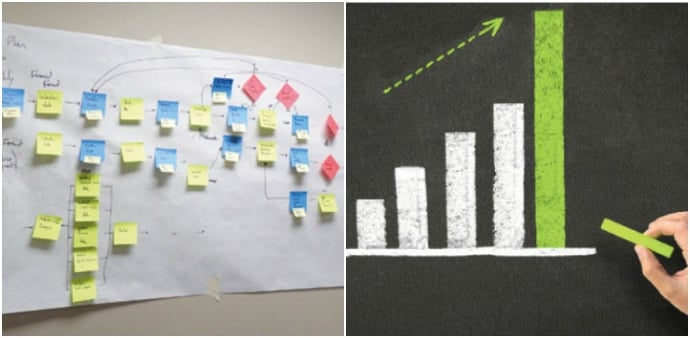Imagine a recipe that is never cooked, or a painting that is turned inwards, or a song that is never heard…. What do these things have in common?
If a chef spends time to prepare a meal that is never eaten, or a painter spends time on a painting that nobody looks at, or a musician composes music that nobody ever hears,then there is no value. The act of creation might be a pleasure to the chef, painter and composer, but to the wider world, there is no value whatsoever. To the wider world, it was a complete waste of time.

Image from: www.wikiart.org
A meal, a painting, a song must all be enjoyed by an end consumer in order to deliver value.
The ROI (return on investment) from a painting is in the joy it brings to the people who look at it. If nobody looks at it, it delivers no value. If millions look at it, the value is incalculable.
Process maps are rather similar….
The purpose of a process map is to be consumed
A process map that is never looked at is like a meal that is never eaten, it is pointless.
On the other hand, a process map that is referenced on a regular basis by a wide workforce delivers value every time it is referred to.

So, the key to getting ROI from process maps is to:
- Ensure the maps are Useful and Usable
- Communicate their existence to the intended audience
- Ensure they remain relevant and accurate thereafter
In this way, you stand a good chance of building an audience that consumes the content of the process map. And every time somebody looks at it, the map generates incrementally more ROI.
How to ensure process maps are Used
There is a detailed explanation of the key factors involved in building and maintaining an audience for your process maps in this report.
Related articles:
Using Process Libraries to Increase ROI
Problems with Business Process Management (BPM): Getting employees to follow the process
Written by Michael Cousins
Mike founded Triaster in 1994. A thought leader in business improvement, he has led Triaster ever since, spearheading its development of beautifully engineered business improvement software, that is both full of the functionality required by business analysts and that end users find really easy to use.
